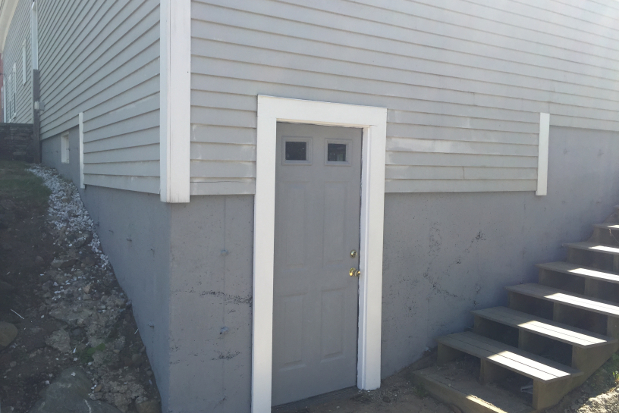
A strong house foundation is necessary when tackling any construction project. While many precautions are taken to ensure that a foundation will hold up for the lifetime of the house that’s set upon it, sealing a foundation is one of the most important aspects of keeping it functional over the long haul. If sealing is done improperly, moisture that enters the home through the foundation walls and floor can lead to problems such as mold growth and can contribute to a variety of health problems. Knowing more about sealing a foundation can help you understand not just the problems that can occur if it’s done wrong, but also what you can do to fix problems that already exist in older structures.
Foundation Sealing in a New Structure
The bottom line is that sealing a foundation is a different process in different parts of the country. Soil composition, annual rainfall levels, and annual temperature changes all play a role in how sealing is done in your area.
In general, moisture and soil gases can be eliminated by specific construction techniques and materials. Often a special mastic coating and drain board is applied to the exterior of the foundation wall. At the foundation footing, drain tile is installed so that the water will run down the drain board and drain away from the house. Gravel fill is used beneath the slab with a poly membrane, or vapor retardant, sealed over the gravel prior to pouring the basement floor. The poly is sealed at the edges and seams preventing moisture, radon and other soil gases from migrating into the home.
Sealing a Foundation That Is Already Damaged
Where people building a home shouldn’t have to worry too much about cracks and gaps in their foundation (as long as their contractor knows what he or she is doing and is familiar with the particular obstacles your area’s environment poses), owners of older homes often have to deal with foundation repairs that stem from obsolete building techniques and problems that have been neglected by previous owners.
There are several causes for cracks in a foundation, and some of them can lead to extremely costly and involved repairs in the future. If you notice cracks in your foundation, or other common symptoms of foundation problems such as windows and doors becoming misaligned or sloping floors, it is a good idea to hire a structural engineer to have a look at the problem. If you try and seal these cracks or gaps yourself before letting a professional examine them, you might only be making the problem worse by obscuring it.
Ready to start your Foundation Sealing?
Find ProsOf course, you can hire a contractor to do the work right off the bat, but remember if you simply ask a handyman to come in and plug the cracks, you might only be getting a temporary fix to a more serious problem. The reasons why foundation sealing is necessary are often not as simple as they seem, and getting a proper diagnosis from a structural engineer (one who has no interest in the repair process and is only there to tell you what the existing problems are and what needs to be done to maintain the structure’s integrity) is the first step in a successful repair. Once your foundation has been thoroughly inspected by a professional, and determined that the cracks and gaps simply need to be filled to prevent any further damage, there are several caulks, foams and other fillers on the market that you may be able to use yourself to do the job.
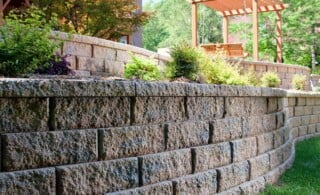 Going Green: Foundation, Retaining Walls & Waterproofing
Going Green: Foundation, Retaining Walls & Waterproofing 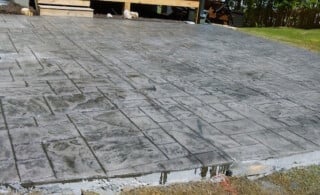 How to Spot & Repair a Sinking Foundation
How to Spot & Repair a Sinking Foundation 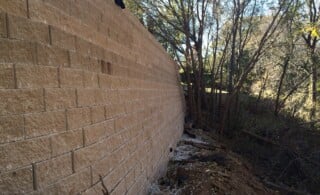 Repairing a Cinderblock Foundation – Common Issues
Repairing a Cinderblock Foundation – Common Issues 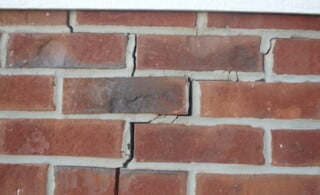 Cracked Foundation
Cracked Foundation 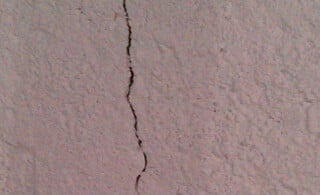 Foundation Repair: Address it NOW!
Foundation Repair: Address it NOW! 

Water comes in from interior wall at floor level after very heavy rain or several consecutive moderate amount of rain